
On November 26, 2018 Mark R. Tercek, CEO of The Nature Conservancy, delivered the following speech at the UN Environment Finance Initiative’s biennial Global Roundtable in Paris, France.
Good afternoon. I’ve been asked to identify what we need to do to scale up investments in nature.
It’s a question I think about a lot. I spent 24 years working as an investment banker and the last 10 years as the CEO of The Nature Conservancy. This is what I think about. And this is what I want you to start thinking about more.
Let’s start by looking at the state of nature and how we view the challenges facing it today.
I am going to assume that you are familiar with the headlines from two recent reports — the IPCC report on 1.5 degrees and WWF’s Living Planet Report. These rigorously analyzed reports plainly state the risks: if we maintain a business-as-usual approach, the world is on a self-defeating trajectory.
We are using up natural resources faster than nature can replenish itself. But you all know that.
So let me look ahead for a moment. The Nature Conservancy, partnering with the University of Minnesota and several other academic organizations, looked ahead to 2050 and analyzed two different futures for the world: one business-as-usual scenario, and the other, a sustainability scenario.
The good news is that a sustainable world in 2050 is possible. What’s more, we can achieve it with existing technologies and without major tradeoffs between environmental health, economic growth, and human development.
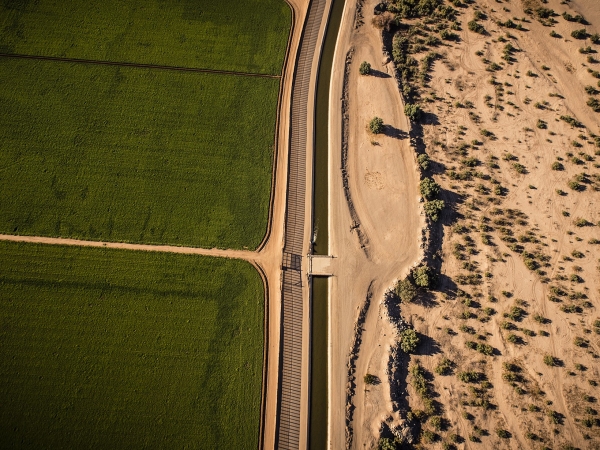
Yes, we need to make some big changes, starting with our energy and food systems, but we can have a more prosperous and sustainable world in 2050 — a world that sustainably produces 50% more food and 50% more energy than today to meet the needs of around 10 billion people.
The key message from TNC’s analysis is that people and nature can thrive together — but neither will thrive unless the other does too.
Closing the Conservation Finance Gap
Now, let me turn to the question of finance. I want to talk about one of conservation’s biggest challenges: how to pay for protecting nature at scale to ensure we reach that sustainable world in 2050.
Let me start by identifying the five essential things I think we need to do to close the conservation funding gap.
- First, we need to be far more effective at influencing government policy. We need policy and programs that support investments in nature.
- Second, we need to better harness science to produce the data and evidence that will convince key decision makers to invest in nature.
- Third, whenever possible, we need to organize our projects and initiatives in ways that generate cash flow.
- Fourth, we need to be much more active and creative in financial engineering.
- And fifth, we need even more collaboration across sectors.
In sum, we all need to become — excuse the parlance — Investment Bankers for Nature.
A Closer Look: Government Policy
I don’t have time to go into each of these in detail, so I am just going to focus on two very important ones.
Number one — by far the most important tool we have is government policy. I know some people don’t like to hear that right now. Every day, it seems the news tells us that some of our governments are somewhat dysfunctional.
But look past the headlines, and you’ll find many examples of the policies we need. I’ll highlight four very encouraging examples of effective government policy.
The first is putting a price on carbon. For example, in the U.S., although we are lagging in many respects on the regulatory front, California has emerged as a great leader. Their cap and trade program is up and running. Carbon emission are down sharply. And the economy is growing strongly. But more importantly for the purposes of my argument today, their cap and trade program allows for forest offsets. And this has resulted in about $650 million of funding for forest conservation and other natural climate solutions.
Second, let’s make sure every country enacts policies to require the use of the mitigation hierarchy: avoiding, minimizing, then mitigating impacts to ensure that infrastructure investment is sustainable. It’s not as well-known as it should be, but it’s a fact that infrastructure can indeed be done the right way. Better business outcomes and better environmental outcomes are possible, so long as the necessary upfront planning takes place.
Third, let’s make sure governments are incentivizing climate-smart agricultural intensification.

And finally, we need policies that recognize — and even incentivize — the use of natural infrastructure, such as expanded urban greening for stormwater management or reef and wetland restoration to reduce coastal risks from extreme storms.
Let me emphasize again: effective policy is the most important tool we have to make sure capital flows in sustainable ways. And for the financial institutions in the audience today, please focus on making investments in nature happen — and also pushing for the government policy that supports such investment flows.
A Closer Look: Harnessing Science for Data
The second area I want to focus on is the need for better science, evidence, and data to convince governments and businesses to invest in nature.
The better and more precise we are about what nature can do, can’t do, and what exactly it will cost, the more likely we are to drive significant investment flows.
This is an area where we’re making very good progress, and I want to emphasize now just how important data and evidence are to unlocking new sources of capital.
Take a deal we are working on in Cancun. Working with the re-insurance company Swiss Re, we’ve designed the world’s first parametric insurance product on a coral reef. This is a really positive breakthrough.
We all know coral reefs play an important role in protecting coastlines from the impacts of storms. That’s good to know, of course. But it’s not good enough when there’s money on the line.
If we’re going to ask government officials and business leaders to buy insurance on those reefs, we need data every bit as good as what engineers can provide on gray infrastructure.
So in Cancun, our scientists got to work. The science team determined that the median cost of building a manmade breakwater is 15 times greater than restoring a coral reef, which provides nearly the same function.
Reefs reduce wave energy, thereby reducing onshore damages. By how much? Our science team answered that too. They showed that reefs in Puerto Morelos were able to absorb more than 95% of wave energy during Hurricane Wilma in 2006. And they demonstrated that losing just the top one meter of healthy reef can double or triple the financial losses from a major storm.
So, armed with this data, we were able to convince the Cancun Hotel Owners Association and the state government to establish a trust fund that will direct funds toward a range of protection activities for Cancun’s reef.
We need policies that recognize — and even incentivize — the use of natural infrastructure. — Mark Tercek CEO of The Nature Conservancy
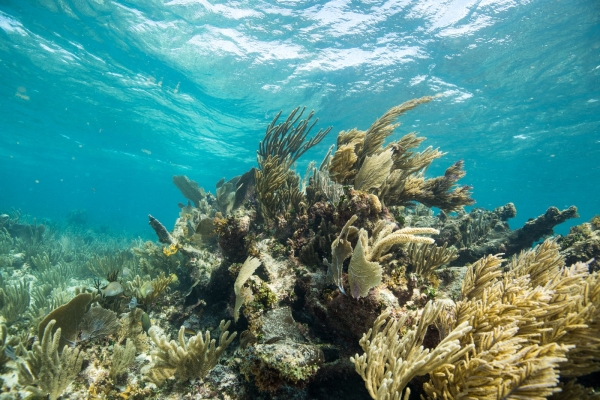
The trust fund will also finance the purchase of the new insurance policy. Without this level of data, we would have gotten nowhere.
Once we have the insurance policy in place, a triggering event of extreme wind speeds — a Category 4 hurricane — will result in a payout to help restore the damaged reef.
This will be a true first — an insurance policy for natural infrastructure. Now we need to replicate this example of creative financing to address other big environmental challenges.
The Economics of Nature and Biodiversity
There is another way to come at this data question.
Climate change provides a useful analogy for understanding natural capital. The economics of climate change have undergone a transformation in the last decade.
The debate used to be: how much growth would we have to sacrifice to achieve emissions reductions? The European Union had a quote-unquote “burden-sharing” agreement. Now, thanks to the Stern Review and the New Climate Economy Report, we view investing in the low-carbon economy as the high-growth strategy. What’s more, climate change has a direct effect on business’ bottom line. The clearest articulation of this comes from the Task Force on Climate-related Financial Disclosure.
Let me suggest that we need some similar thinking on biodiversity and ecosystem services. Companies need to do a better job of understanding their reliance on natural capital, their exposure to short-term shocks, and the long-term degradation of the natural world.
But they need better tools and data to do that.
The Biodiversity Convention talks are just wrapping up in Egypt this past week. The Convention participants are elaborating a process to develop a new set of global goals for conservation to be adopted in 2020. A major challenge is that the biodiversity discussions do not have nearly the same degree of business interest and engagement as the climate discussion.
To put it bluntly, the conservation world has not done a very good job of explaining the materiality of ecosystem services and biodiversity to companies. Of course, compared to climate change, the risks are more diffuse and indirect, and the metrics are not universally agreed.
Sure, lots of companies have figured it out on their own. Coke’s story of coming to understand its dependence on healthy, well-governed watersheds in India is well known. Unilever and its partners in the Consumer Goods Forum understand the exposure of their agricultural supply chains very well.
But those companies draw directly on natural resources. We still have a lot of work to help companies understand these dependencies.
The coral reef insurance case is a great example of applying data to find innovative financing solutions in a specific place.
We’ve also worked with Dow Chemical to help them find similar opportunities around coastal resilience and air quality in Texas and around their agricultural supply chain in Brazil. But those bottom-up experiences are still one step removed from the financial services industry.
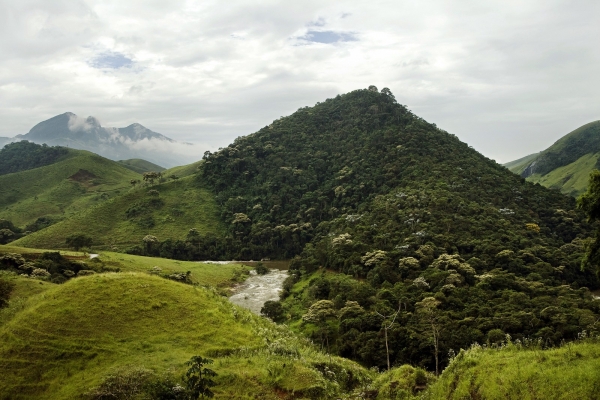
My main point here is that if we are going to succeed in understanding natural capital risk and dependencies, and ultimately in mobilizing investment flows for nature, we can’t wing it — ever.
We need to keep building the precise data that shows exactly what nature can do and how companies and sectors rely on it.
As environmentalists, we have work to do if we want to do a better job selling nature. We need to learn to speak in more compelling ways about the opportunities of investing in nature.
As I said before, we need better, smarter evidence. We need to be very precise about exactly what investments in nature will and won’t do, where the risks lie, and what we know and what we don’t know.
We need to realistically structure deals in a way that will work for investors. And we need to provide better tools and metrics to help companies and investors understand their dependence on natural capital, so they can adjust their strategies and practices to enhance it rather than degrade it.
There is no other way to achieve that future in 2050 where both people and nature thrive.
I look forward to exploring this further with my fellow panelists. Thank you.
Mark Tercek is CEO of the Nature Conservancy and author of Nature’s Fortune. Follow Mark on Twitter: @MarkTercek.
This story was originally published on nature.org.



















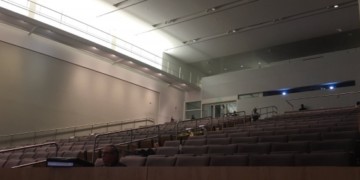

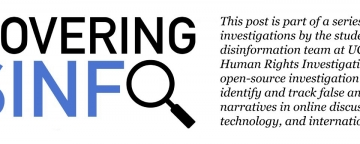

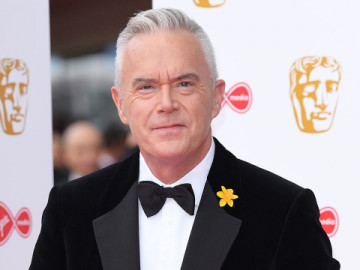



Connect with us